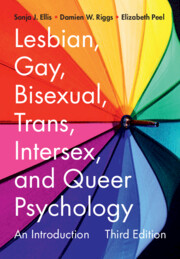Most twin registries have not systematically collected the data required to determine gender identity, which has limited opportunities to evaluate potential familial contributors to gender diversity. This study addresses this gap by analyzing responses to gender identity questions introduced in Twins Research Australia’s 2023 survey. Among 4475 respondents (mean age 52.2 years, SD = 15.3), 36 (0.8%) indicated a transgender or gender diverse identity, which is consistent with population-based estimates of gender diversity internationally. Gender diversity co-occurred in 2/19 monozygotic pairs and 0/8 dizygotic pairs, giving rise to tetrachoric correlations of 0.62 (95% CI [0.33, 0.87]) and 0.00 (95% CI [0.00, 0.88]), respectively. These results broadly align with previous concordance estimates from twin studies that were specifically focused on gender identity. Although limited by a small sample size, these findings demonstrate the feasibility and utility of systematically collecting gender identity data through routine twin registry surveys.
